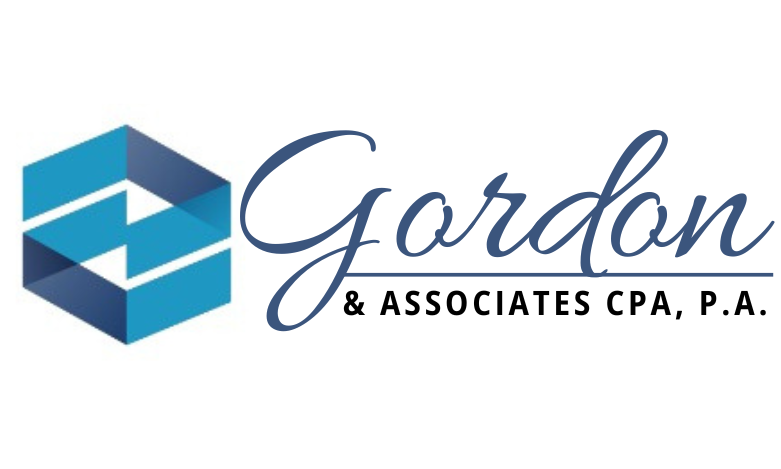Unlock Hidden Tax Savings: How Cost Segregation Can Boost Your Cash Flow

As a real estate investor or business owner, understanding how to optimize your property’s tax benefits can have a significant impact on your financial strategy. One of the most powerful, yet underutilized, tax strategies available is Cost Segregation. This method can dramatically accelerate your depreciation deductions, enhance your cash flow, and ultimately reduce your tax liability.
What is Cost Segregation?
Cost segregation is a tax-deferral strategy designed to allow property owners to reclassify and accelerate the depreciation of their commercial and residential real estate. In a typical scenario, properties are depreciated over 27.5 years for residential buildings and 39 years for commercial ones. While this gradual depreciation reduces tax liability over time, it doesn’t fully leverage the potential savings available to property owners.
By conducting a cost segregation study, a qualified tax professional can break down various components of a building, such as equipment, fixtures, and other interior elements, and reclassify them into shorter depreciation periods—typically 5, 7, or 15 years. This faster depreciation means larger deductions early in the property’s lifecycle, increasing immediate cash flow and reducing taxes owed.
The Process of a Cost Segregation Study
A cost segregation study involves an in-depth analysis of your property. This process often includes:
- Review of Architectural Plans and Drawings: Engineers and tax professionals will assess the original construction costs, building blueprints, and specifications to identify assets eligible for accelerated depreciation.
- On-Site Evaluation: Depending on the property size, a site visit might be necessary to further identify assets, such as specialized electrical and plumbing systems, HVAC systems, land improvements, and furniture, which may qualify for shorter depreciable lives.
- Detailed Report: The final report outlines the assets broken down into their respective depreciation categories. The study can then be presented to the IRS as documentation to support the reclassification of property components.
Who Benefits from Cost Segregation?
Cost segregation is beneficial for virtually any real estate owner, but certain groups may experience greater benefits. These include:
- Commercial Real Estate Owners: From office buildings to warehouses, industrial spaces, and retail locations, these types of properties often have a significant number of assets that qualify for accelerated depreciation.
- Multi-Family Residential Property Owners: Apartment complexes and other multi-family buildings may also have various elements—like appliances, flooring, or parking lots—that can be reclassified.
- New Construction and Existing Buildings: Even if you’ve owned a property for years, a cost segregation study can be conducted retroactively to capture unclaimed depreciation deductions.
- Real Estate Investors with 1031 Exchanges: Investors who’ve used a 1031 exchange can also utilize cost segregation to further enhance the tax benefits from their new property acquisition.
Benefits of Cost Segregation
- Increased Cash Flow: By accelerating depreciation, you can defer taxes, freeing up capital for reinvestment or other expenses.
- Tax Deferral: The more you can depreciate upfront, the less income you’ll have to report to the IRS in the short term. While taxes are deferred rather than eliminated, the ability to save cash in the early years of ownership is invaluable for businesses and investors looking to grow.
- Immediate Write-Offs: The Tax Cuts and Jobs Act (TCJA) of 2017 introduced bonus depreciation, allowing taxpayers to write off 100% of eligible assets with a recovery period of 20 years or less, further enhancing the benefits of cost segregation.
- Reduced Property Tax and Estate Planning Opportunities: Cost segregation studies often help businesses reduce their local property tax valuations and improve estate planning by providing a more detailed breakdown of the property’s assets.
Is a Cost Segregation Study Worth It?
While the benefits of cost segregation can be substantial, the process is most cost-effective for properties valued at $500,000 or more. The cost of conducting a study varies depending on the size and complexity of the property, but the potential savings typically far outweigh the expense.
If you own real estate or are planning on making a significant property investment, it’s essential to speak with your tax advisor about the potential benefits of a cost segregation study. It could result in substantial tax savings, particularly if you are seeking to maximize cash flow and reduce your taxable income.
Cost segregation is a strategic approach that unlocks the hidden tax advantages within your real estate assets. With the potential for accelerated depreciation and enhanced cash flow, it’s a must-consider tactic for commercial property owners and real estate investors. As with any tax strategy, it is vital to consult with a qualified CPA or tax professional who can guide you through the process and ensure compliance with IRS guidelines.
At Gordon and Associates CPA, P.A., we specialize in helping businesses and real estate owners maximize their tax benefits through detailed cost segregation studies. Contact us today to find out how we can help you take advantage of this powerful tax-saving strategy.
Subscribe to our newsletter to receive our latest blog directly to your inbox.
- Business Financial Management
- Regulations and Compliance
- Tax Planning and Compliance
- Tax Planning and Strategies
- Conducting a Comprehensive Year-End Financial Review: A Guide for Small Business Owners
- Developing an Effective Budget for the New Year: A Step-by-Step Guide for Small Business Owners
- Improving Cash Flow During the Holiday Season: Practical Tips for Small Business Owners
- Year-End Bonuses: Best Practices for Small Businesses
- Year-End Tax Planning Tips for Small Businesses
- The Benefits of Tax-Advantaged Retirement Accounts: A Comprehensive Guide







